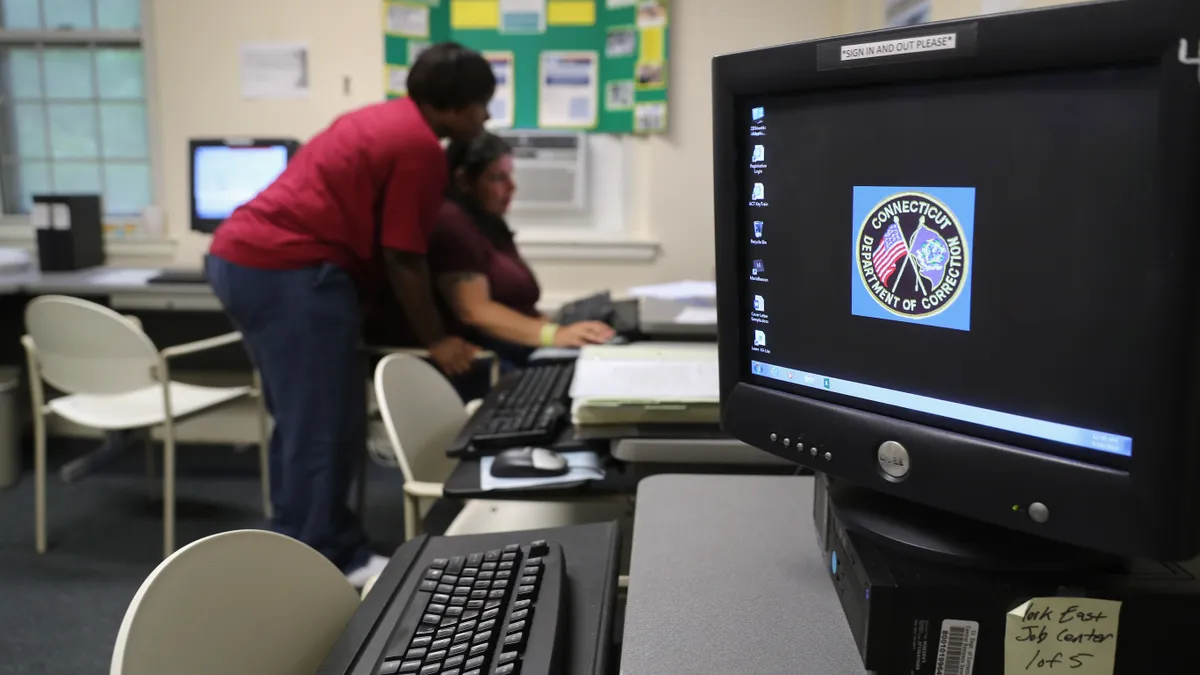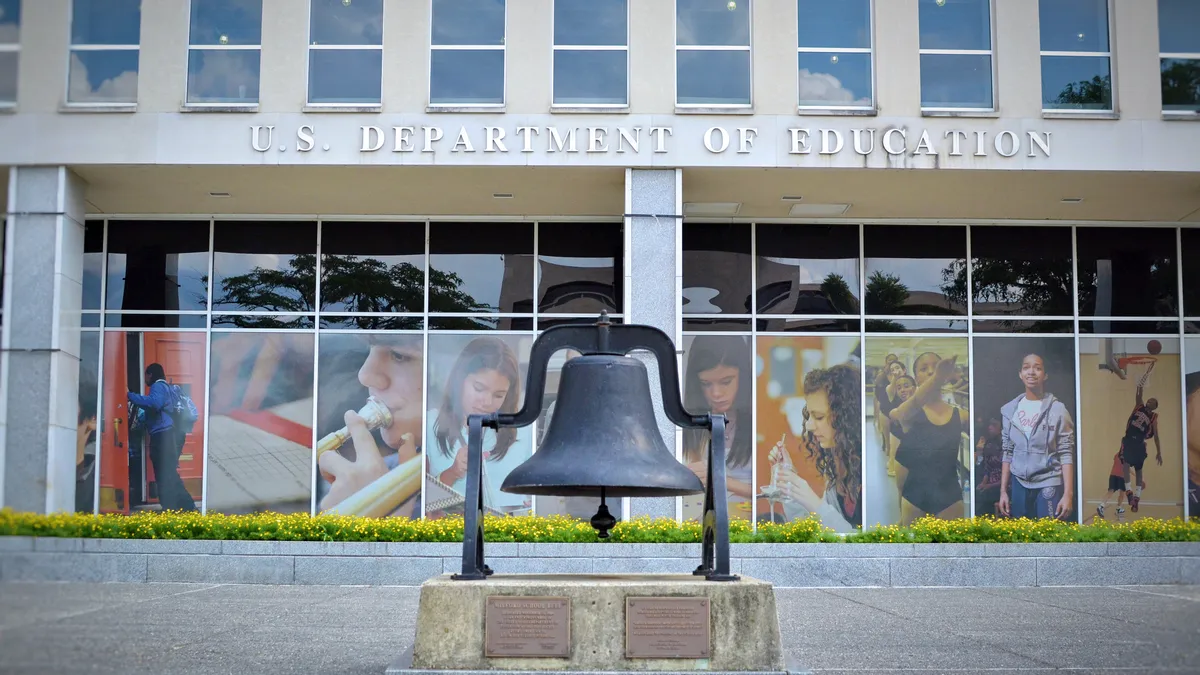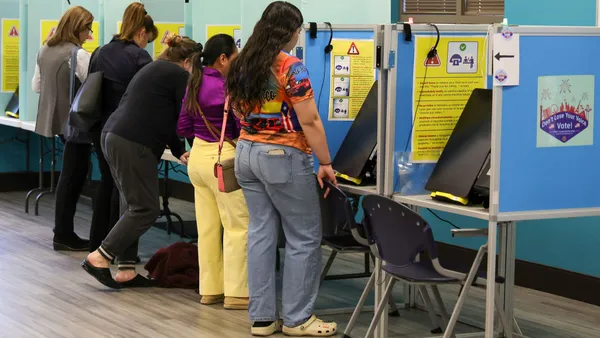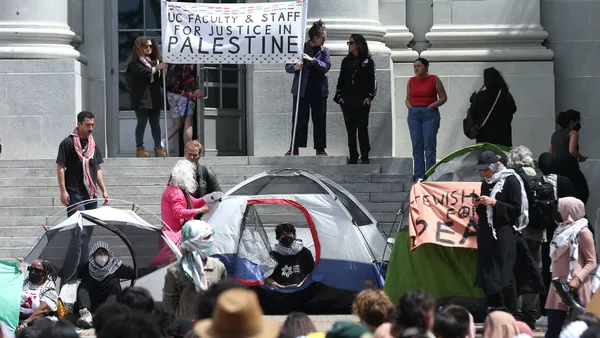Dive Brief:
- Over 9,000 incarcerated students have earned a certificate or diploma through the Second Chance Pell initiative since it launched, according to a report from the Vera Institute of Justice, a research organization focused on criminal justice reform.
- From 2016 through 2021, a total of 28,119 incarcerated students used federal Pell grants to enroll in a higher ed program. Enrollment in prison higher education programs steadily increased year over year, despite pandemic-related challenges and an overall decrease in the number of incarcerated people in the U.S.
- White students remain overrepresented in the program, making up 43% of Second Chance Pell recipients but only 30% of the overall prison population. Hispanic students are dramatically underrepresented, receiving only 8% of Second Chance Pell grants despite making up 23% of the prison population.
Dive Insight:
The U.S. Department of Education launched the Second Chance Pell Initiative in 2015 and expanded the program three times in the last four years. Beginning in July 2023, the FAFSA Simplification Act will allow all incarcerated students to access federal Pell Grants for the first time since 1994, when Congress passed legislation preventing inmates from utilizing federal education funding.
The pilot program offers important insights about demand for college education programs in prison and how access to Pell Grants impacts incarcerated students. When Second Chance Pell first launched, 67 colleges across 28 states participated. By 2020, 130 colleges from 42 states and Washington, D.C., had joined. Vera used survey data from 64 participating colleges to study the reach of Second Chance Pell over the program's five years of operation.
COVID-19 presented participating prisons and colleges with a number of safety challenges, according to Margaret diZerega, director of the Vera Center for Sentencing and Corrections and Unlocking Potential.
"Prisons went into pretty strict lockdowns, with very few outsiders allowed into the facilities," diZerega said. "This is understandable but it was also a major disruption."
Some 48 colleges couldn't start or continue their Second Chance Pell programs during the 2020–2021 academic year, citing the pandemic. Despite this, the number of program participants continued to rise. Because correspondence courses are not eligible for Pell grants, most colleges offering in-person instruction to prisons had to shift to distance learning or hybrid models.
"Institutions either didn't have access to the necessary technology or had to take a long time to get everything up and running," said diZerega. "We saw a lot of creativity and, when COVID positivity rates came down, we've seen in-person instruction pick back up."
The existence and funding of such programs benefits people both in and out of the prison system. Inmates who participate in correctional education programs are 28% less likely to return to prison after their release than those who don't, according to a 2018 meta-analysis of research. And research suggests that offering postsecondary programs could reduce levels of violence in prison.
DiZerega is optimistic about the future of federal higher ed funding in prisons, citing bipartisan political support and support from higher ed institutions.
"Some programs may start as a real passion of an individual faculty member," she said. "But in order for them to be sustainable, programs need cross-college support. Students need things like academic advising and access to library services. We're seeing more and more of that, which is terrific."














